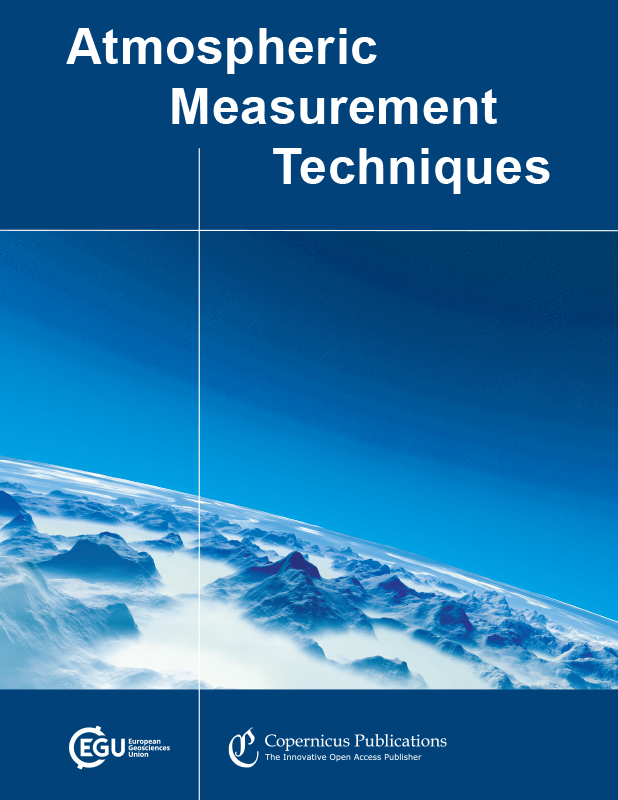Plume-based analysis of vehicle fleet air pollutant emissions and the contribution from high emitters
An automated identification and integration method has been developed to investigate in-use vehicle emissions under real-world conditions. This technique was applied to high time resolution air pollutant measurements of in-use vehicle emissions performed under real-world conditions at a near-road monitoring station in Toronto, Canada during four seasons, through month-long campaigns in 2013–2014. Based on carbon dioxide measurements, over 100 000 vehicle-related plumes were automatically identified and fuel-based emission factors for nitrogen oxides; carbon monoxide; particle number, black carbon; benzene, toluene, ethylbenzene, and xylenes (BTEX); and methanol were determined for each plume. Thus the automated identification enabled the measurement of an unprecedented number of plumes and pollutants over an extended duration. Emission factors for volatile organic compounds were also measured roadside for the first time using a proton transfer reaction time-of-flight mass spectrometer; this instrument provided the time resolution required for the plume capture technique. Mean emission factors were characteristic of the light-duty gasoline dominated vehicle fleet present at the measurement site, with mean black carbon and particle number emission factors of 35 mg kg−1 and 7.7 × 1014 kg−1, respectively. The use of the plume-by-plume analysis enabled isolation of vehicle emissions, and the elucidation of co-emitted pollutants from similar vehicle types, variability of emissions across the fleet, and the relative contribution from heavy emitters. It was found that a small proportion of the fleet (< 25%) contributed significantly to total fleet emissions; 95, 93, 76, and 75% for black carbon, carbon monoxide, BTEX, and particle number, respectively. Emission factors of a single pollutant may help classify a vehicle as a high emitter. However, regulatory strategies to more efficiently target multi-pollutants mixtures may be better developed by considering the co-emitted pollutants as well.

